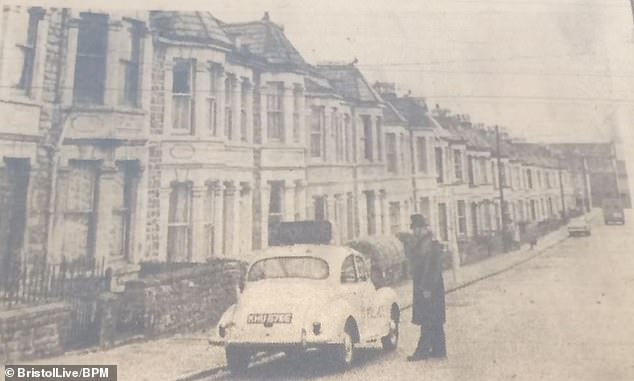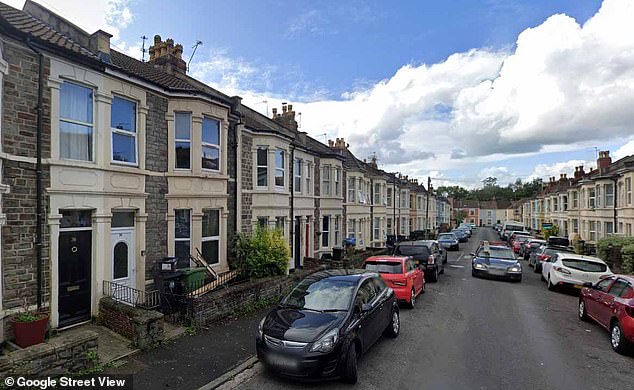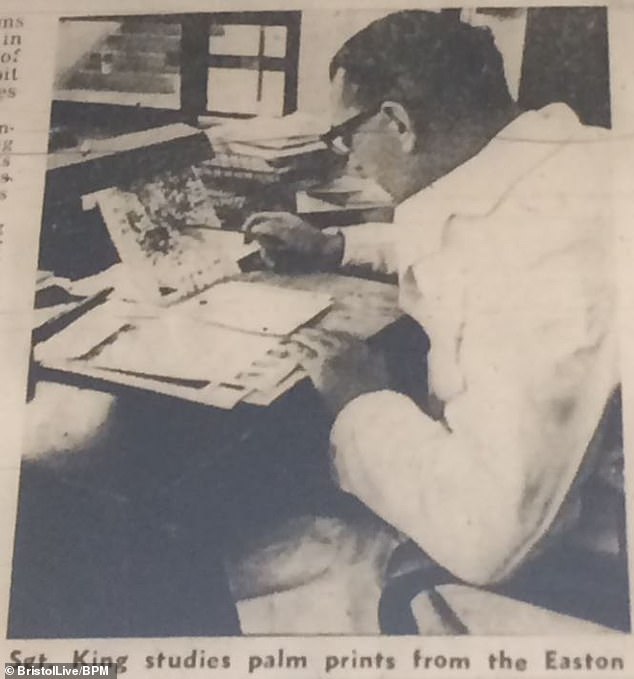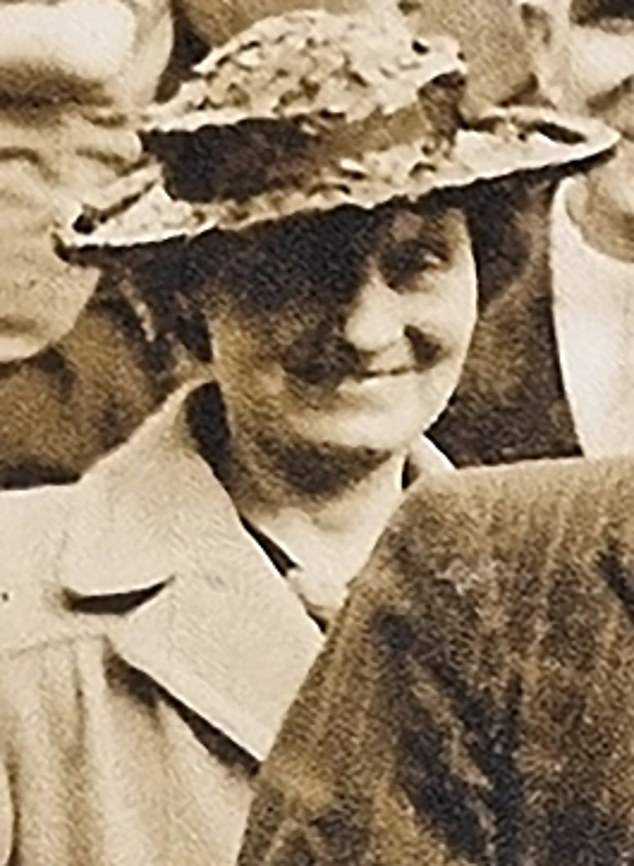A ninety-two-year-old man is in custody after appearing in court accused of raping and murdering a woman 57 years ago.
Pensioner Ryland Headley, of Clarence Road, Ipswich, was arrested on Tuesday morning in connection with the 1967 murder of Louisa Dunne.
Mrs Dunne, 75, was found dead at her home in Britannia Road, Bristol, by a neighbor almost 60 years ago. An investigation into the death was launched last year.
She had been raped and strangled to death in her living room.
Headley, who was accompanied by his lawyer, was not asked to plead guilty to the two charges against him.
He spoke only to confirm his name, date of birth and address, and that he understood the hearing was being conducted as if he were physically present in court.
At the conclusion of Ryland Headley’s appearance at Bristol Magistrates’ Court, District Judge Lynne Matthews told the defendant: “You are charged with two charges.
A review into the death of Ms Dunne, 75 (pictured), began in 2023. She was found dead at her home in Britannia Road, Bristol, by a neighbor almost 60 years ago.

The man, from the Ipswich area of Suffolk, has been arrested following a forensic examination of items related to the case. Pictured: Police outside Easton’s home in 1967.
The first is that between June 26 and June 29, 1967, in Easton, Bristol, you murdered Louisa Dunne.
“The second allegation is that between the same dates in Bristol, you raped Louisa Dunne, a woman.”
The judge added: ‘Both matters will be sent to the Crown Court.
‘Tomorrow at around 10am there will be a hearing at Bristol Crown Court.
“I have no power to consider the issue of his bail and he will therefore remain in custody until tomorrow.”
Mrs Dunne was said to have kept to herself and lived alone in her Bristol home.
In her previous life, she had belonged to Bristol’s social class, as she was married to city councilor Teddy Parker. He was on track to become the city’s mayor before his death.
Neighbors said she had entered a state of decline after the death of her second husband, a night watchman, a few years before her murder.

Mrs Dunne was said to have kept to herself and lived alone in her Bristol home. Pictured: Britannia Road, Easton
She was only found dead in her room after a local saw that her window was open.
She was found dressed in a black velvet coat and a shawl with strangulation marks around her neck.
Police believed the killer had broken into his house between 11.30pm and 4am and found a handprint near the open window.
There were no signs of a struggle in his house.
Speaking after Headley was charged, DI Dave Marchant said: “This development marks a hugely significant moment in this investigation.
‘Now that the criminal process is underway, it is important to emphasize that the accused has the right to a fair trial. Any speculation or misinformation about the circumstances of this case has the potential to prejudice these ongoing proceedings.
“We have informed Louisa’s family of this charging decision and a specialist liaison officer will continue to support them in the coming days, weeks and months.”
The night before her horrific death, Dunne had spent the night with one of her closest friends, 79-year-old Alice Clarke.
“Sometimes he stayed only a few minutes, but this time he stayed longer than usual,” Mrs. Clarke told the Bristol Evening Mail.

Police believed the killer had broken into his house between 11.30pm and 4am and found a handprint near the open window. In the photo: a police sergeant studies palm prints.
‘He arrived around 5:15 pm and left around 7:30 pm
We ate some custard and stewed currants. When he left, he said, as always, “Good night.” God bless you. I don’t know when I’ll see you.’
Officers also detained the city’s “bums and vagrants” and took them in for questioning, and about 21 were detained in police cruisers at one time.
“We found them sleeping in the fields, in empty houses and in parks,” said a detective. “Then they got a free meal.” They were all eliminated from the investigation.
Police searched for the killer and took palm prints from thousands of men between the ages of 16 and 60 in the Easton area.
Detective Chief Inspector Frederick Cross, who was working on the case, said: ‘For this difficult job, we get 100 percent cooperation from the public.
“People have been coming to the station, volunteering their prints and calling us to tell us when they’re coming home.”
A team of eight people were said to check and recheck the prints for up to 15 hours a day, with a pile of 5,000 to examine.
After each print was erased, it was filed away and officers said that once the search for the killer was over, the prints would be destroyed by throwing them in a sack before burning them at Bridewell police station.

